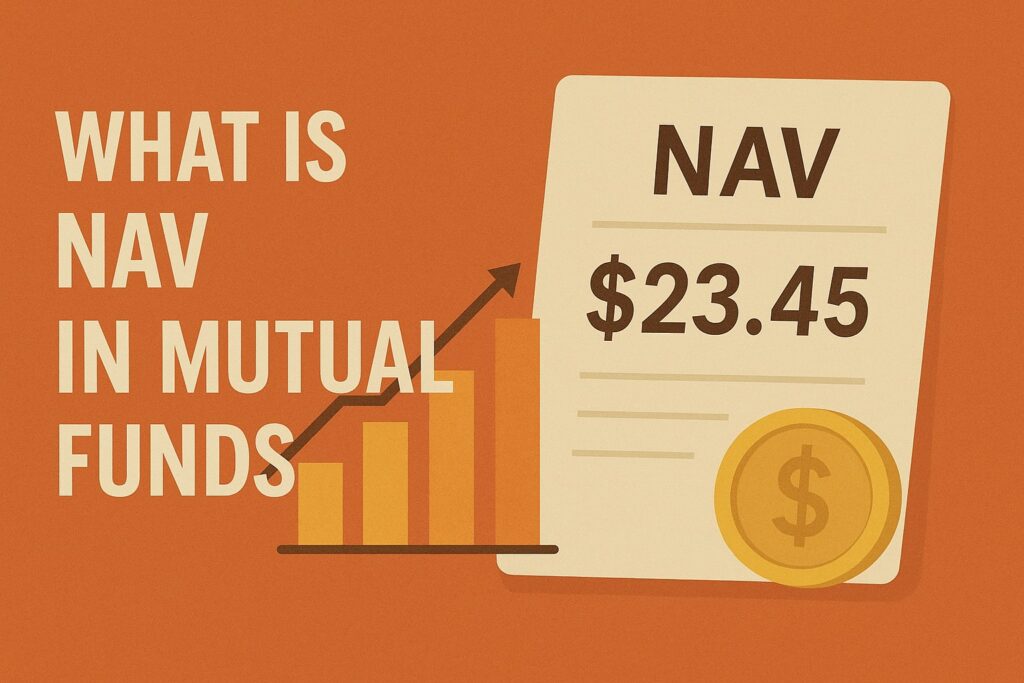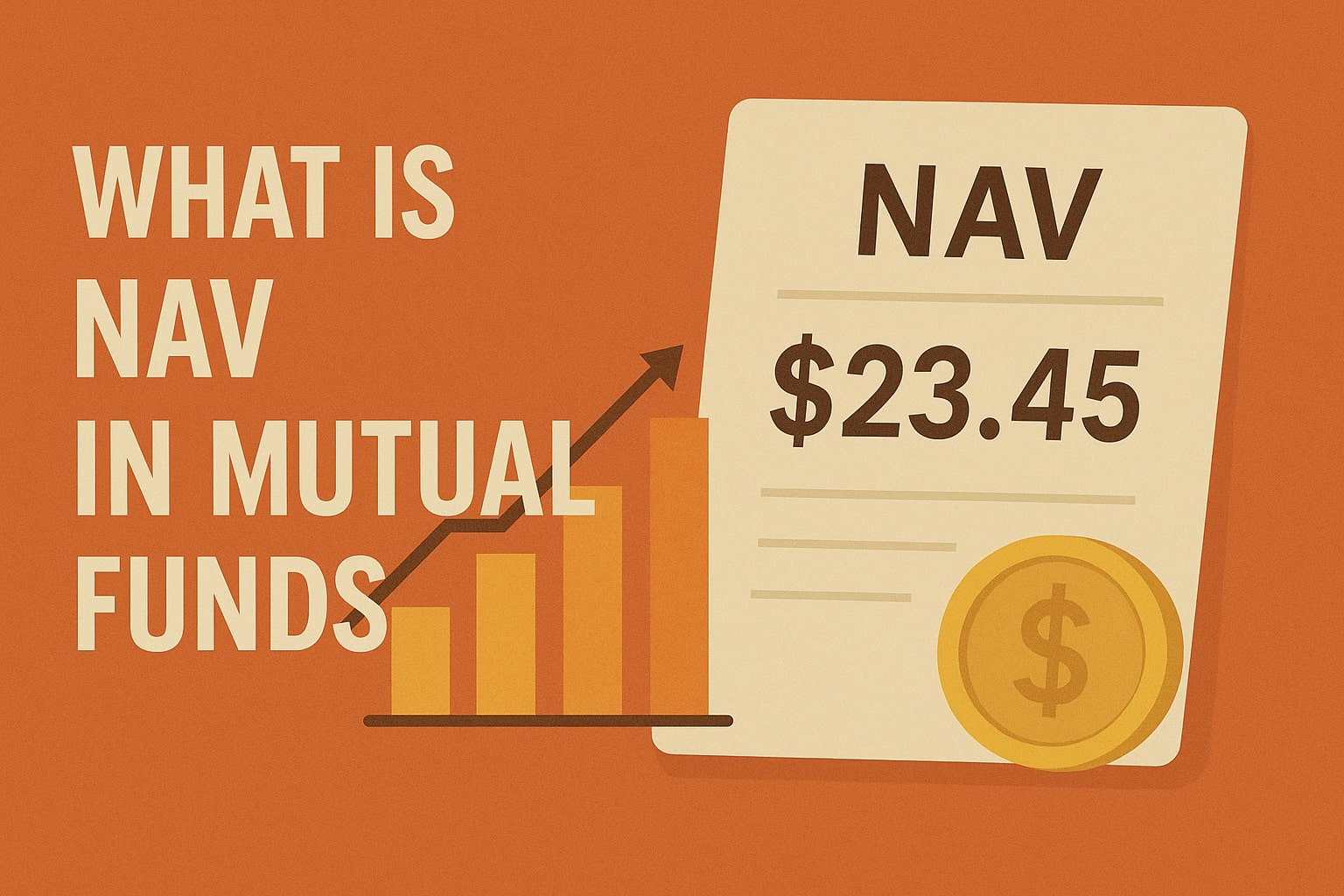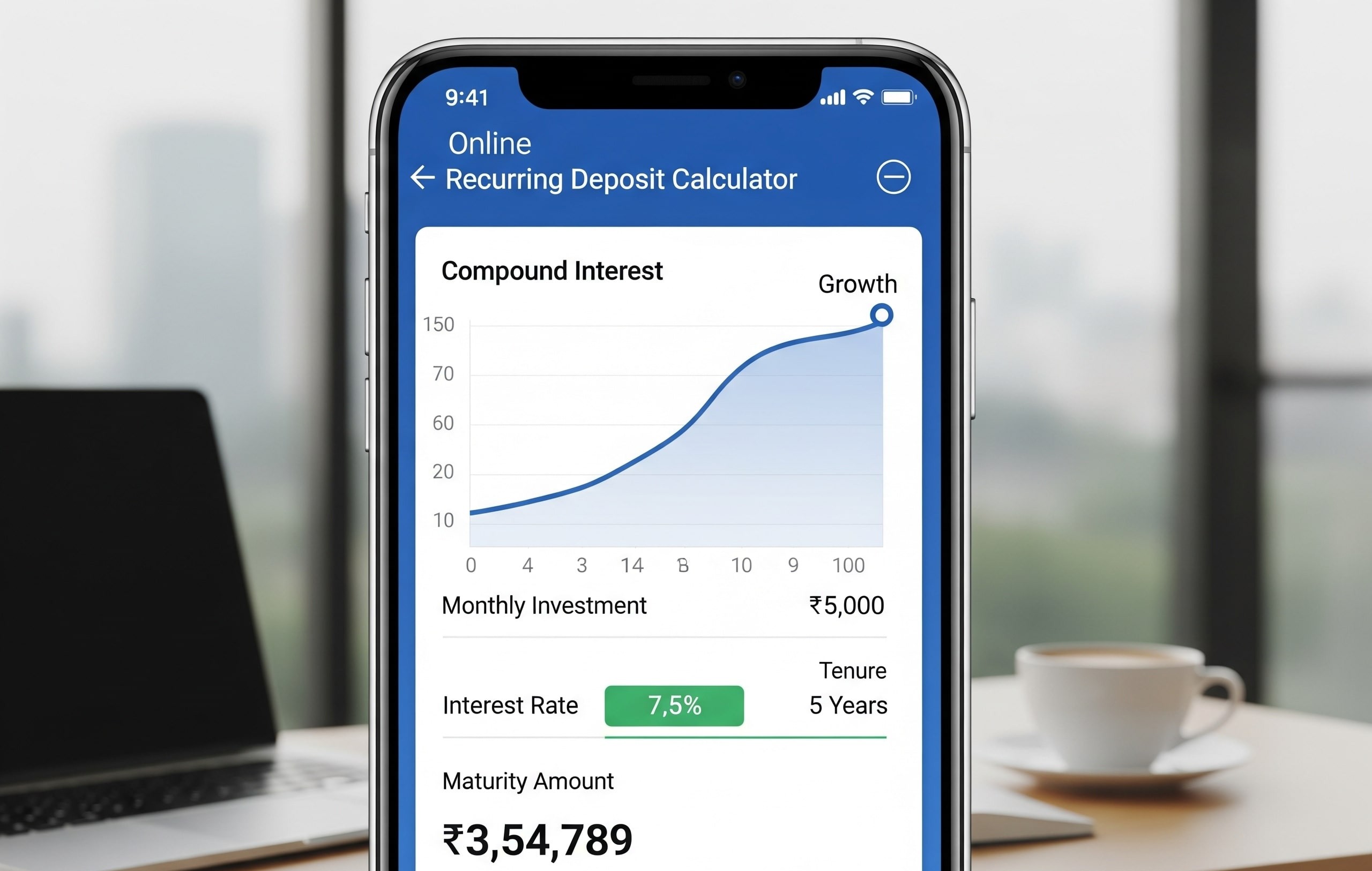
Mutual funds are in high demand from investors because of their expert management and diverse options that fit every need. These thousands of investment openings are providing a choice for any investor who wants to diversify their portfolio. So, if you are looking for a flexible and professional way to grow your investments, mutual funds could be the perfect option for you.
But before you start investing, understanding what is NAV is essential. Why? Because it is the heart of determining your investment’s worth. It helps you track how your mutual fund is performing. Here, in this read, let us see what exactly is NAV, how it is calculated, and why it matters when you buy or sell mutual funds. Let’s get started.
What is NAV in Mutual Funds?
Let us first understand the full form of NAV and how mutual funds work to better understand it. NAV stands for Net Asset Value. Mutual funds collect money from people like you and invest it in assets such as stocks or other investments, depending on the scheme. In return, they provide units of the mutual fund, similar to shares in the stock market.
This represents the per-unit price of each mutual fund, based on the total value of investments in the fund’s assets, after deducting total liabilities. It is what you sell or buy every unit for.
Normally, at the end of every business day, NAVs are calculated, and an updated value is available for each of your investments at the close. It helps with calculating the cost of investment, total sale value of that investment, and the profit behind it.
Also Read: Types of Mutual Funds Explained | What Is the Difference Between Regular and Direct Mutual Funds?
How is NAV Calculated?
Now you have understood what is NAV. Let’s move on to how to calculate it for a mutual fund. Here’s how it works:
Assets of a Mutual Fund
The first step is adding up the fund’s assets. These usually include:
- Stocks: The market value of all shares currently owned by the fund.
- Bonds: The value of the fixed-income assets held by the fund
- Other Securities: Any other investments the fund has, like derivatives.
The fund manager calculates the market value of each asset at the end of the trading day.
Liabilities of a Mutual Fund
Next, you need to subtract the fund’s liabilities, which typically include
- Management Fees: Payment to the fund manager for their services.
- Operating Expenses: Costs such as legal fees and accounting charges.
- Accrued Expenses: Any outstanding debts or financial responsibilities owed by the fund.
- Borrowings: Any loans the fund has taken out.
Daily Calculation
The NAV is determined at the close of each trading day. This is important because:
- It reflects the most up-to-date market prices.
- It ensures a consistent valuation for all investors.
- It allows for accurate pricing when you buy or sell shares.
The total asset value is calculated, subtracted from liabilities and divided by the number of units outstanding. This produces the per-share, or the price at which you pay to purchase or receive when you sell shares.
What is the Formula for Calculating NAV?
Understood the net asset value meaning and now curious about how net asset value is calculated? It is simpler than you might think as long as you have the right information. Below is the formula for calculating the Net Asset Value.
NAV = (Total Assets in the Scheme – Total Liabilities in the Scheme) / Total Units Outstanding
In simple terms, it is the sum of the assets of the mutual fund minus its liabilities, divided by the number of units outstanding.
Why NAV Matters to Mutual Fund Investors
NAV is a key tool for anyone investing in mutual funds. Below, let us discuss why it matters :
1. Making Investment Decisions
NAV helps you make smart choices when investing in mutual funds.
- Buying: When you invest in a mutual fund, you buy units at the current NAV. This helps you decide if the fund fits your budget and goals. Understanding net asset value meaning is essential here as it reflects the current value of the fund’s assets.
- Selling: If you want to sell your units, it shows their current value, helping you decide if it’s a good time to sell or if you should wait for possible growth.
- Timing: By watching trends, you can spot times when prices are lower and may offer good buying opportunities or notice when a fund seems overpriced.
2. Tracking Performance
NAV is a key number for keeping an eye on how your mutual fund is doing.
- Growth tracking: Compare the current value with your purchase price to see if your investment has grown or lost value.
- Benchmark comparison: Many investors compare their fund with market indices to see how well it’s performing in relation to the market.
- Dividend effects: After a fund pays out dividends, the net asset value usually drops by the same amount.
Also Read : Mutual Fund Calculator: Your Guide to Smarter Investment Planning | What is an Expense Ratio in Mutual Funds?
Final Thoughts
NAV is essential in obtaining insights into your investment in mutual funds. It reflects the worth of every unit and assists in making intelligent investment choices. Knowing everything from the full form of NAV to how it is calculated and its role in the performance of your mutual fund investments is crucial. Tracking net asset value trends can help you decide the right time to buy or sell and compare funds. Armed with this knowledge of net asset value, you will be better equipped to make smarter investment decisions.
FAQ
1. Can a fund’s net asset value ever be negative?
A mutual fund’s NAV cannot be negative. However, the change in it can be negative if the fund’s investments perform poorly over a certain period.
2. When is NAV Updated?
The net asset value of the fund is updated at the termination of each working day. The asset schemas and liabilities of the fund are evaluated at the day-end closing prices of the stocks and bonds owned by the fund.
3. What does a low NAV mean?
A lower NAV allows the purchase of more units, whereas a higher value limits the number of units. However, it does not predict how the investment will perform in the future.
4. How can we interpret NAV?
NAV starts at Rs. 10 in new funds. It increases when the performance is good and decreases when the performance is poor. Investors focus more on returns than on NAV.
5. Does timing have an Impact on NAV?
Yes, timing affects the NAV. If investments are made before the cutoff time, the same day’s value applies. Otherwise, the next business day’s net asset value applies.
Hello there, my name is Phulutu, and I am the Head Content Developer at Nivesh Karlo. I have 13 years of experience working in fintech companies. I have worked as a freelance writer. I love writing about personal finance, investments, mutual funds, and stocks. All the articles I write are based on thorough research and analysis. However, it is highly recommended to note that neither Nivesh Karlo nor I recommend any investment without proper research, and to read all the documents carefully.






Leave a Reply